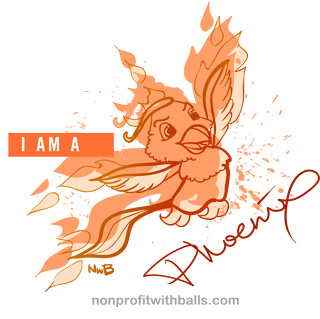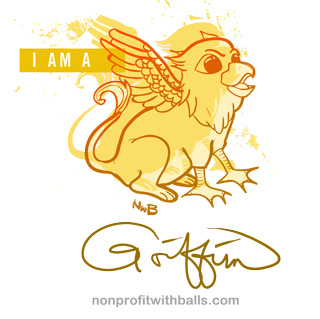 Hi everyone. Our computer got infected with a virus, so I couldn’t work on my blog post today. I am on a tablet, typing approximately one word per minute. This paragraph has taken one hour so far. I’ll put up the post later. Meanwhile…
Hi everyone. Our computer got infected with a virus, so I couldn’t work on my blog post today. I am on a tablet, typing approximately one word per minute. This paragraph has taken one hour so far. I’ll put up the post later. Meanwhile…
An Executive Director, a Director of Operations, a Development Director, a Chief Finance Officer, and a Communications Director were on a boat when it sank. They barely made it to a deserted island.
The DO said, “I’ll start building us some shelter.”
The DD said, “I’ll go gather us some food.”
The CFO said, “I’ll stay here and inventory our supplies.”
The Communications Director said, “And I’ll practice building signal fires.”
Everyone turned to the ED.
“You guys go ahead. I have sooooooo many emails I need to catch up on.”
***
Ahahaha. I hope you enjoyed that joke. It took me two hours to type. And now I’m way behind on my emails.










